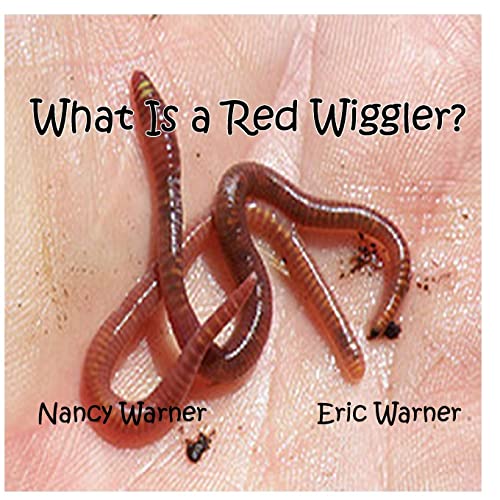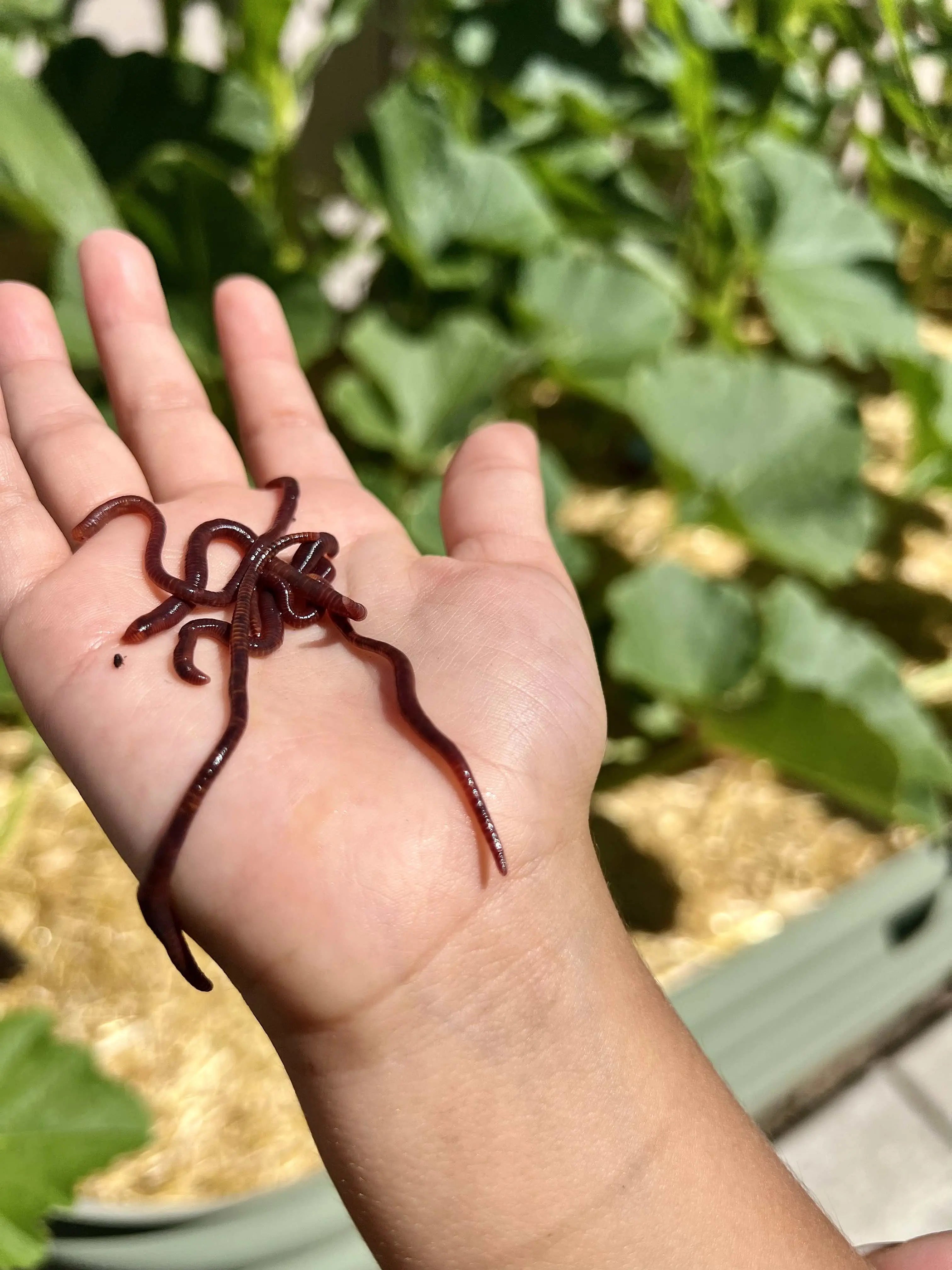Lake Hickory Bait Provides the Solutions You Need for a Perfect Lawn
Red Wigglers: The Unsung Heroes of Organic Waste Recycling
Red wigglers, or Eisenia fetida, serve as crucial agents in the natural waste recycling process, transforming discarded materials right into important vermicompost. As the globe increasingly seeks options to battle waste buildup and improve agricultural efficiency, recognizing the function of these worms comes to be important.
What Are Red Wigglers?
The impressive resilience of red wigglers, medically called Eisenia fetida, underscores their important function in natural waste recycling. These tiny, reddish-brown earthworms are typically found in decaying raw material, such as compost stacks and manure stacks. Lake Hickory Bait. Unlike various other earthworm types, red wigglers grow in nutrient-rich settings and are highly reliable at damaging down organic materials, making them important for vermicomposting

(Lake Hickory Bait)In enhancement to their role in waste decrease, red wigglers add to soil health by enhancing dirt framework and aeration with their tunneling tasks (Lake Hickory Bait). Their presence in composting systems not only improves disintegration prices but also promotes a lasting approach to throw away management, highlighting their significance in environmental conservation efforts
Advantages of Composting With Worms
Composting with worms, especially red wigglers, supplies numerous benefits that boost both waste management and dirt health and wellness. These worms efficiently break down natural waste, converting it right into nutrient-rich vermicompost that enhances dirt. This procedure accelerates decay, allowing for a quicker recycling of kitchen area scraps and various other organic materials compared to conventional composting methods.
Additionally, the vermicompost created by red wigglers is including valuable microorganisms, which assist improve soil structure, aeration, and wetness retention. This boosts the overall wellness of plants, promoting energetic growth and increased returns in gardens and agricultural settings. The use of worms in composting reduces the manufacturing of greenhouse gases, such as methane, contributing to an extra sustainable waste management system.

How to Begin Vermicomposting
Establishing a vermicomposting system is a simple process that can generate substantial advantages for both waste administration and dirt enrichment. To start, pick an appropriate container, such as a plastic bin or wooden box, with ample air flow holes to ensure proper air flow. The dimensions need to ideally be about 2 feet by 3 feet, enabling sufficient space for the worms to thrive.
Following, prepare bed linens material, which can include shredded newspaper, cardboard, or coconut coir. This bed linens needs to be moistened to develop an ideal habitat for the worms. When the bedding is in location, present red wigglers (Eisenia fetida) right into the bin, usually around one pound of worms for every single square foot of surface location.
Following the placement of worms, include organic waste, such as fruit and veggie scraps, coffee grounds, and smashed eggshells. With these actions, you will efficiently launch a vermicomposting system that adds to lasting waste management and improves your soil.
Maintaining a Healthy Worm Bin
(Lake Rhodhiss Bait)Keeping a worm bin flourishing calls for normal attention and treatment to make certain the health of the red wigglers and the performance of the composting process. Correct upkeep starts with checking the dampness degrees; the bin must be wet however not waterlogged. A good general rule is to maintain a consistency comparable to a wrung-out sponge.
Carefully blending the bedding and food scraps every few weeks stops compaction and guarantees that all worms have accessibility to oxygen. In addition, it is essential to feed the worms properly.
Temperature level law is another crucial facet. Red wigglers thrive in a variety of 55 to 77 degrees Fahrenheit. If the bin ends up being also warm or cold, the worms may become stressed - Lake Hickory Bait. Finally, occasionally look for indicators of wellness, such as worm populace development and the presence of healthy castings. By diligently managing these elements, one can preserve a robust and productive worm container.
Influence On Sustainable Living
The successful maintenance of a worm container not just benefits the health and wellness of red wigglers however also adds significantly to lasting living practices. By recycling natural waste, such as kitchen area scraps and lawn debris, red wigglers help draw away significant amounts of material from land fills. This decrease in waste not only decreases greenhouse gas exhausts however also reduces the environmental worry linked with waste management.
Moreover, the spreadings generated by red website link wigglers function as a nutrient-rich organic plant food, enhancing dirt health and wellness and advertising plant development. This natural choice to chemical fertilizers sustains lasting agriculture and horticulture methods, minimizing dependence on artificial inputs that can damage ecosystems. In addition, worm composting promotes recognition of waste monitoring, urging individuals and areas to adopt even more sustainable routines.

Verdict
In recap, red wigglers offer as vital contributors to natural waste recycling via their efficient decomposition of organic materials. Their capability to create nutrient-rich vermicompost improves dirt health and wellness and supports sustainable agricultural methods. By integrating vermicomposting into waste management methods, individuals and communities can significantly reduce waste while advertising ecological sustainability. The role of Eisenia fetida in promoting healthy environments highlights the value of these organisms in attaining lasting living and boosting dirt fertility.